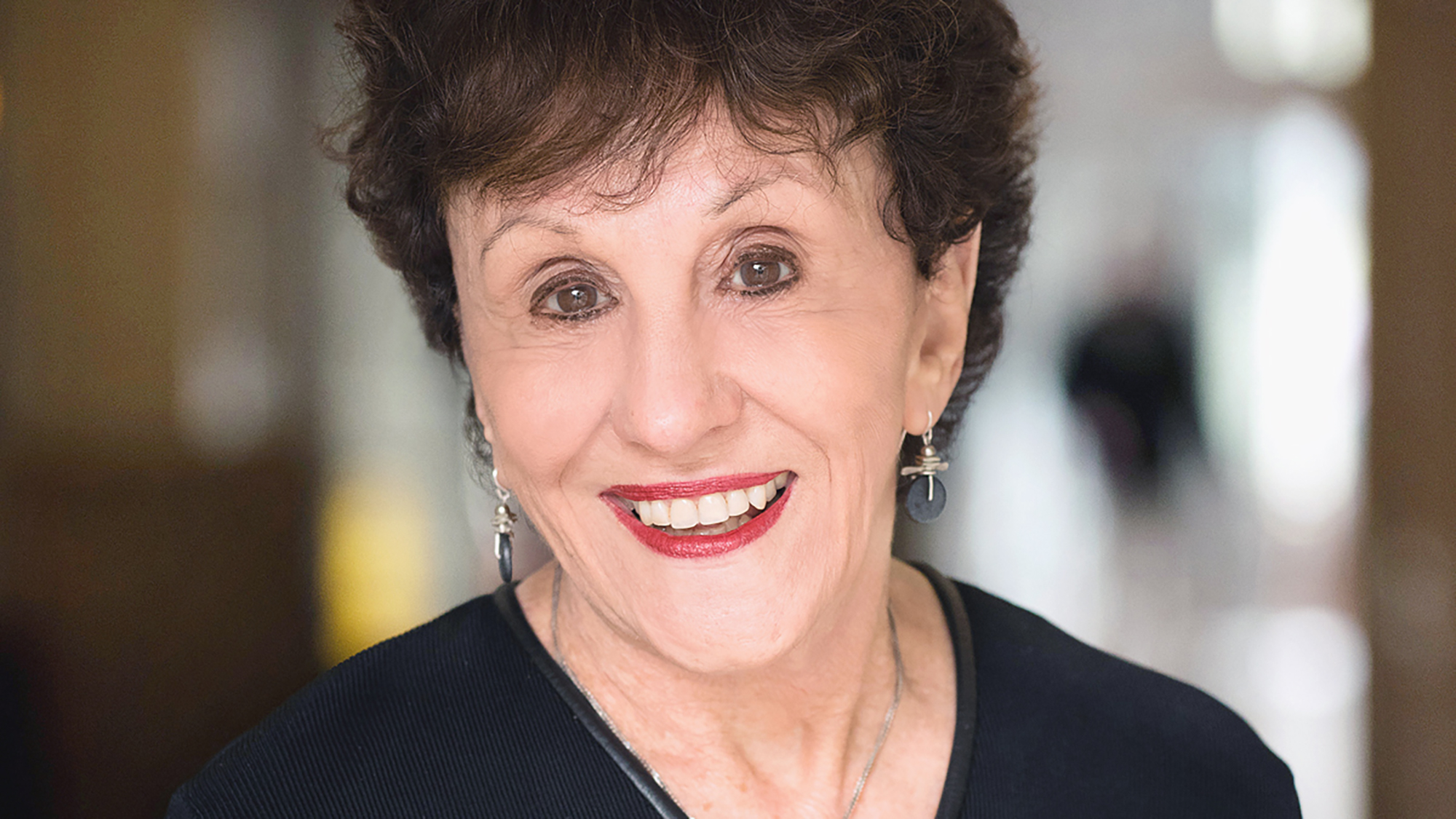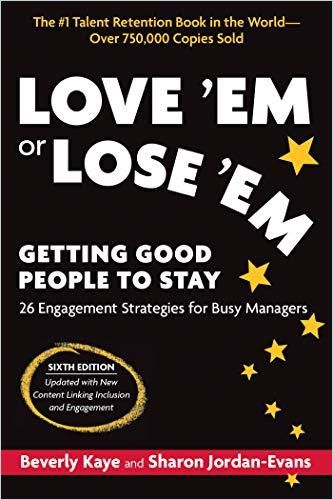“Up Is Just One Way to Grow.”

You are about to release the sixth edition of your book, Love ’Em or Lose ’Em. What are some of the updates you have made? Have changes in the work environment over the last two decades made you revise some of the talent retention strategies you had outlined initially?
Beverly Kaye: Topics around diversity and inclusion have become huge around the world, so we really wanted to emphasize the connection between engagement and inclusion in our latest edition. As you know, the book offers 26 strategies, from A through Z, on how to keep talented employees engaged. So we asked a number of diversity experts to single out the top-five strategies in the book that are the most important for building an inclusive work environment. We expected to know very quickly what those five strategies were – but it turned out that everybody we asked singled out a different set of strategies. Indeed, we realized that all the chapters in the book are relevant for creating an inclusive workplace. Employees can only be truly engaged if they also feel included. So we started from the premise that an engaged culture in most cases is also an inclusive culture.

Another change over the years, of course, has been the shift to remote work. How do you keep remote workers engaged?
Although the book was initially written for an office-based work setting, we realized as we were doing the revisions that every chapter of the book also applies to engaging remote people: Check in with your people and ask them some good questions about how they are doing. Listen to what they say and then ask for more information. Whether you talk to people in person or remotely, you need to keep asking them what you can do for them so they will stay. For example, we developed the concept of the “stay interview” – as opposed to the “exit interview.” Managers often refrain from asking employees what they can do to make them stay. They fear that the employee will ask for something they cannot deliver on. But with enough probing, managers will sure find something they have control over. Our book offers a lot of ideas on how to maintain a constructive, ongoing conversation between managers and employees.
Employees can only be truly engaged if they also feel included.
Beverly Kaye
What do you think is an ideal frequency for checking in with employees?
Employee check-ins don’t always have to be formal. They can happen in the flow of work. For example, when an employee hands in a report, instead of just saying, “Thanks, this looks like another great report,” you may ask: “What was the hardest thing about writing the report? Which part did you enjoy writing the most? And what do you wish somebody else could have helped you with?” Managers must try to really get to know their employees and refrain from asking pro forma questions.
Employee check-ins don’t always have to be formal.
Beverly Kaye
The COVID-19 pandemic and remote work have reduced opportunities for career progression. What advice do you have for employees who are eager to advance but feel stuck? How can managers keep employees challenged and engaged?
Up is just one way to grow. If an employee feels stuck, they must find ways to grow where they are. As a manager, you might ask, “What about your current job do you wish to learn more about?” and then help the employee get that learning.
Regarding employee retention, one of your main points is that hiring the right people in the first place will greatly increase the odds that they will stay. How can managers get their pick right when it comes to talent?
Talent acquisition and talent management used to work as separate entities. Today, the two groups are increasingly coming together. In other words, you don’t let up on the welcome! Before looking to hire somebody from the outside, it’s important to consider internal talent. Of course, the concept of internal mobility has been around before the pandemic, but the pandemic has accelerated companies’ eagerness to work with what they have and invest in the development of their people. Talent has always been scarce, no matter whether the economy is up or down. Good talent always has choices. So if you’re struggling to recruit great employees, maybe you’re the problem.
About the Author
Beverly Kaye is the author of Love ’Em or Lose ’Em and global expert in the areas of career development and employee engagement and retention.






